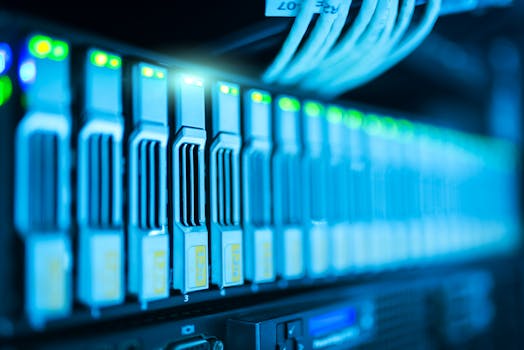From Copper to Fiber: The Revolution of Internet Infrastructure in Africa

From Copper to Fiber: The Revolution of Internet Infrastructure in Africa
The Focus Keyword From Copper to Fiber marks the beginning of a new era in Africa’s internet infrastructure development. The internet infrastructure in Africa is undergoing a significant transformation, shifting from traditional copper-based networks to modern fiber-optic connections, revolutionizing the continent’s digital landscape. This revolution is driven by the need for faster, more reliable, and efficient internet connectivity, which is essential for economic growth, social development, and global competitiveness.
Introduction to Africa’s Internet Infrastructure
Africa’s internet infrastructure has historically been based on copper cables, which have limitations in terms of speed, capacity, and reliability. However, with the advent of fiber-optic technology, the continent is experiencing a paradigm shift in its internet infrastructure. Fiber-optic cables offer higher speeds, greater capacity, and better reliability, making them an attractive option for internet service providers and governments seeking to improve connectivity.
The Benefits of Fiber-Optic Internet Infrastructure
The benefits of fiber-optic internet infrastructure are numerous. Firstly, fiber-optic cables offer speeds that are significantly faster than copper-based networks. This enables faster data transfer, which is essential for modern applications such as cloud computing, online gaming, and video streaming. Secondly, fiber-optic cables have a greater capacity, which means they can support more users and more data-intensive applications. This makes them ideal for areas with high population densities and high demand for internet connectivity.
Challenges and Opportunities in Africa’s Fiber-Optic Revolution
Despite the benefits of fiber-optic internet infrastructure, there are challenges and opportunities that need to be addressed. One of the significant challenges is the high cost of deploying fiber-optic cables, particularly in rural areas where the population is sparse and the terrain is difficult. However, this also presents an opportunity for innovation and investment in new technologies and business models that can reduce the cost of deployment and make fiber-optic internet more accessible to underserved communities.
Conclusion and Future Prospects
In conclusion, the shift from copper to fiber-optic internet infrastructure in Africa marks a significant milestone in the continent’s digital development. As fiber-optic technology continues to evolve and improve, it is expected that more Africans will have access to fast, reliable, and efficient internet connectivity, which will have a positive impact on economic growth, social development, and global competitiveness. The future prospects for Africa’s internet infrastructure are promising, with many countries investing heavily in fiber-optic deployments and other digital infrastructure projects.